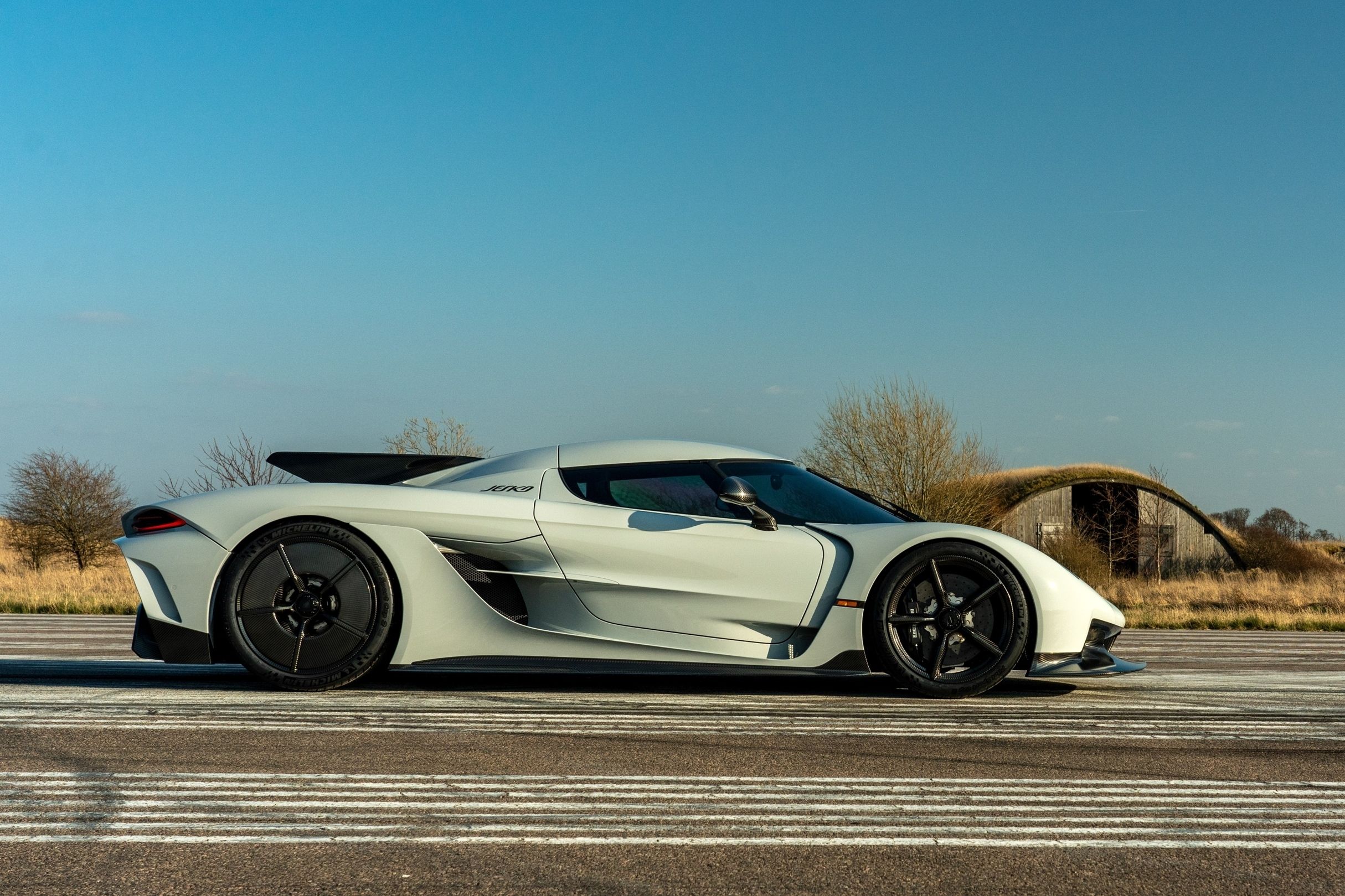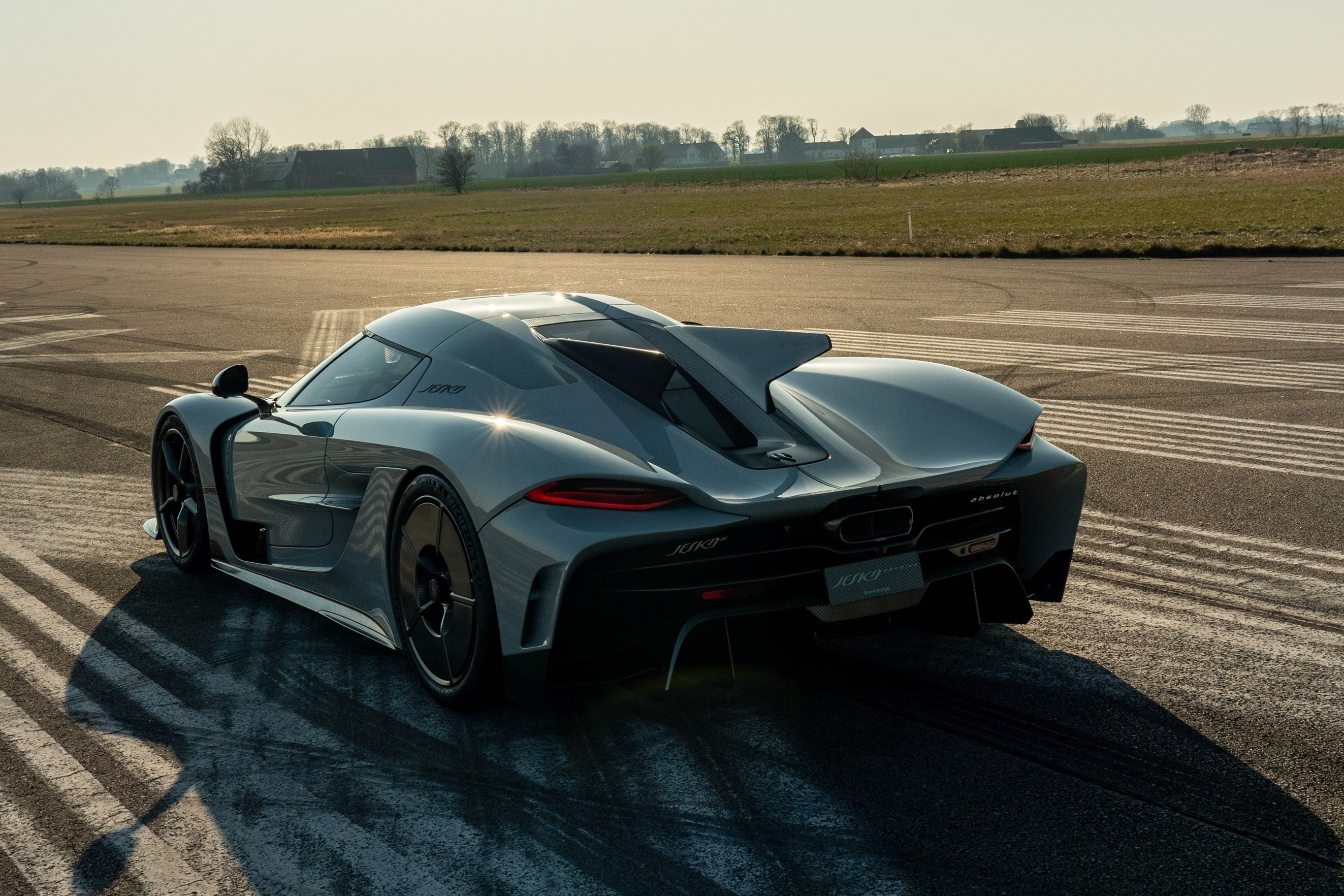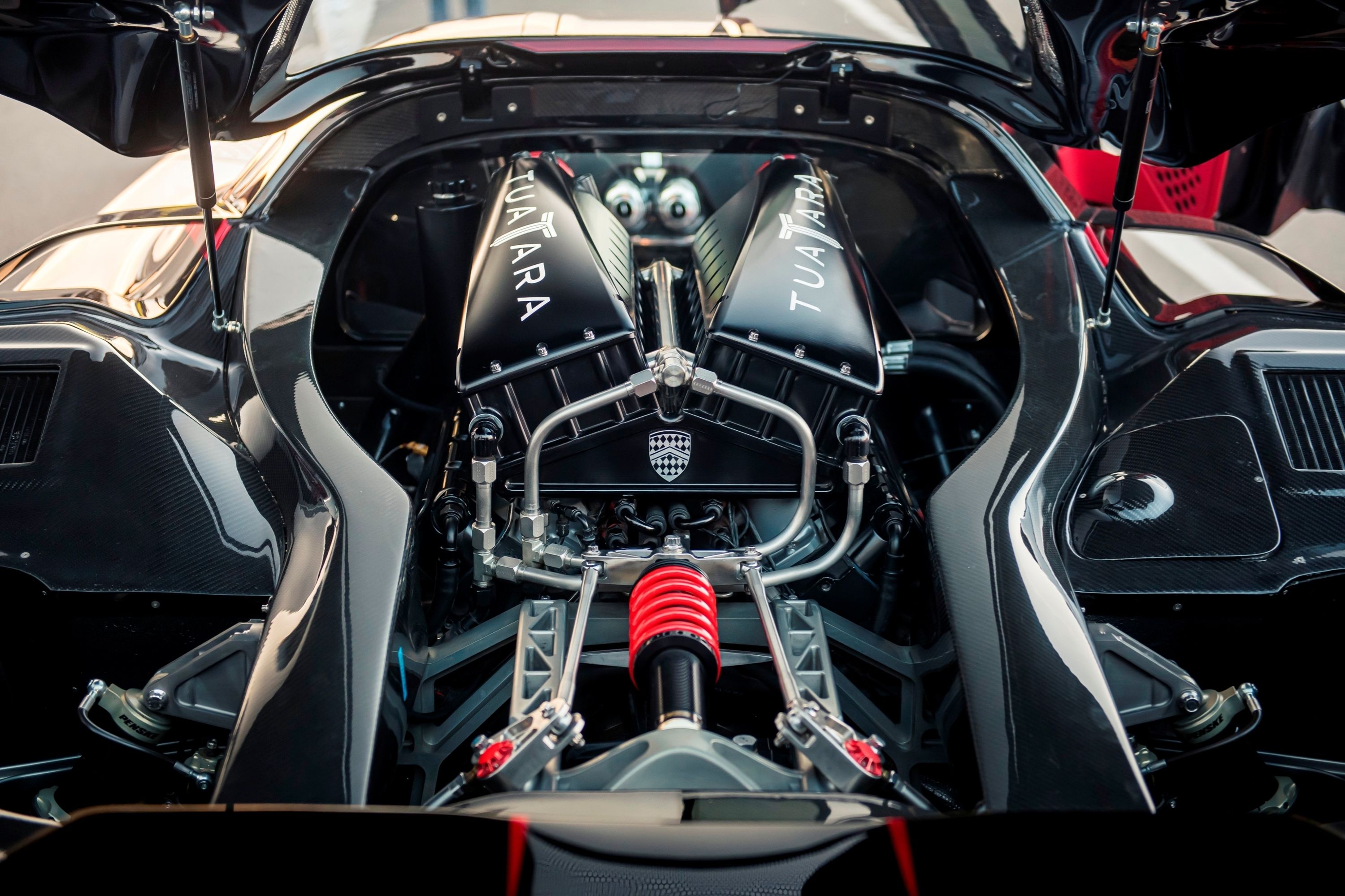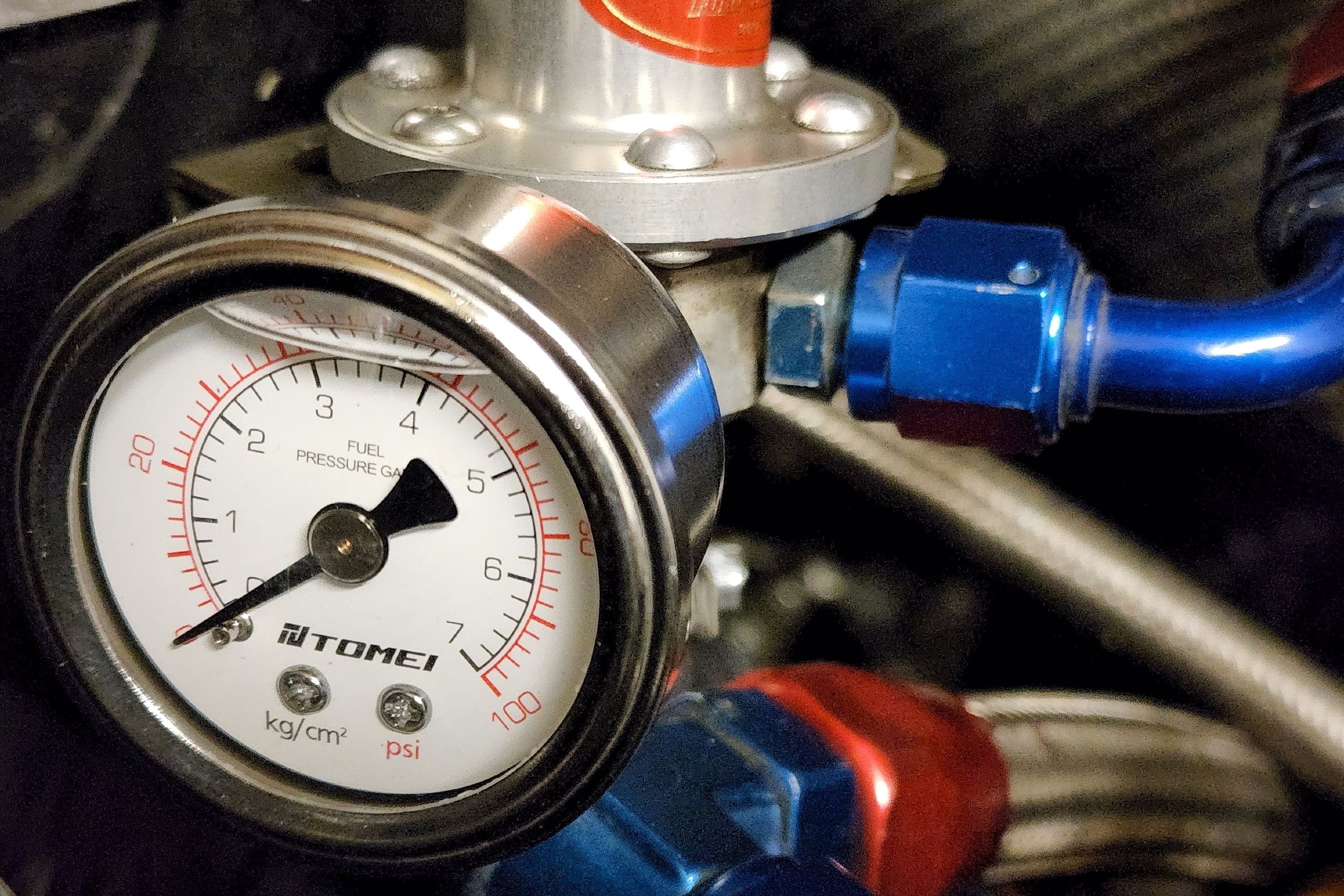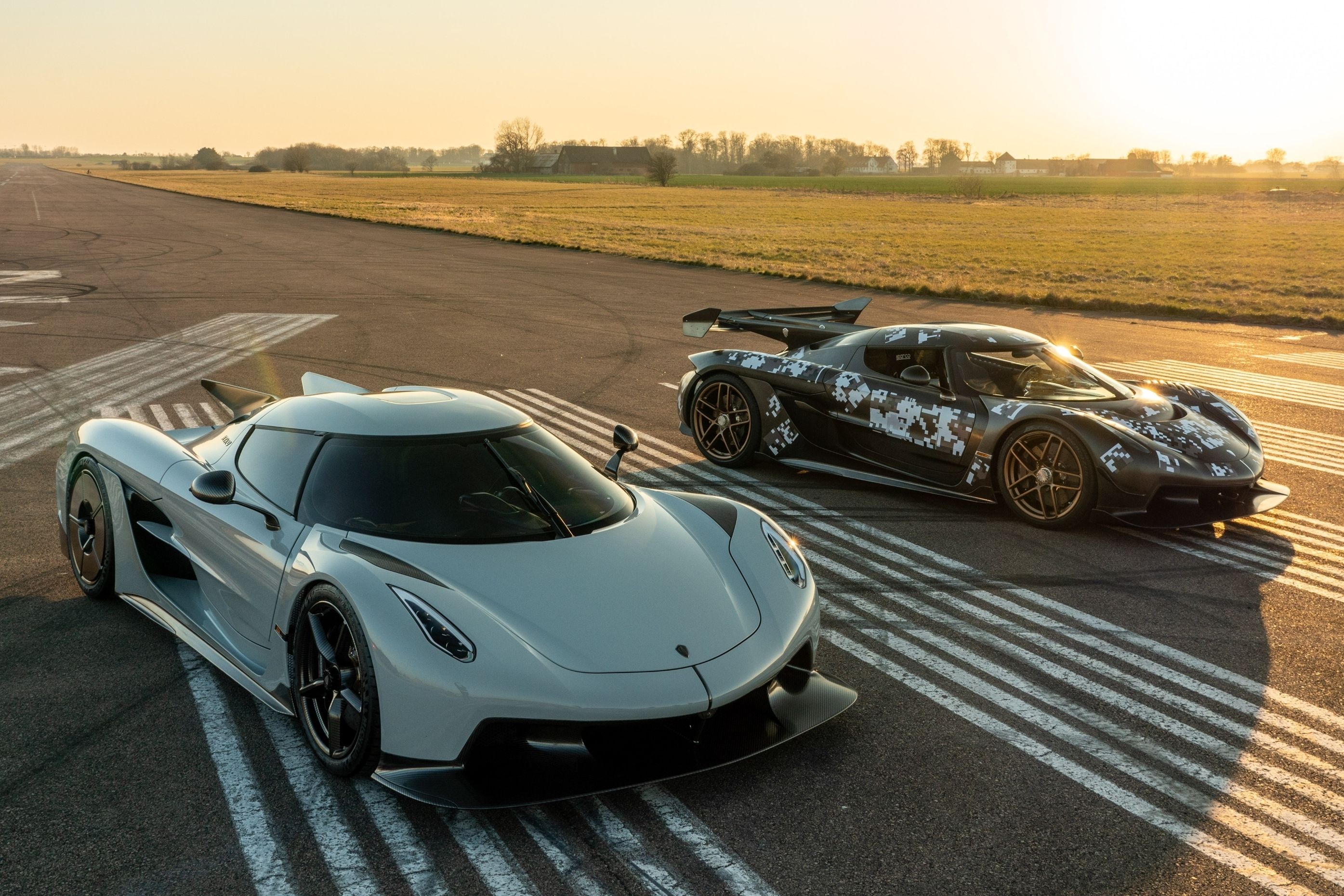
Many consumers today know the basics about E85 fuel, but so many myths persist. Both positives and negatives regarding ethanol exist, but the truth is that this is a very prolific fuel that you likely already run. In short, ethanol (also known as ethyl alcohol) is a corn-based product born of fermentation that can be used in combustion engines. Okay, we all got that. But many pumps already have ethanol mixed into the different grades as it helps boost the octane numbers and consequently allows for big power, but it also has several drawbacks.
That said, the E85 blend has become a popular alternative since Russia invaded Ukraine and turned the energy world upside down. For a variety of reasons, gas prices are soaring, so give this a read to see if E85 is right for getting improvements in anything from a Koenigsegg Gemera to a Nissan GT-R to a Subaru WRX.
E85 Is Less Expensive at the Pumps
This is 100% correct, and many people made the switch as gas prices soared. E85 is an alternative fuel that costs far less than oil, especially foreign crude. There are oil reserves around the world, but it isn't cheap to ship, refine, or retail gasoline. E85, by contrast, is mostly produced right here in America, meaning those production costs are reduced. According to the AAA, the national average for 91-93 octane premium fuel (E10 that has 10% ethanol) is $5.35 per gallon. Contrastingly, E85 sells at $3.93, making it over 26% cheaper! You will save money at the pumps, but that excitement to get the cost savings may be short-lived because E85 gets worse mpg.
E85 Is Less Efficient Than Gasoline
The sneaky side-note about E85 is that a freshly tuned car running the corn juice gets worse gas mileage. It burns less efficiently, meaning that your car's fuel system will have to pump more E85 to gain the same combustion efficiency and produce power. So the savings at the pump might be clawed back quickly. The official FuelEconomy.gov site reports that E85 is around 15-27% less efficient as it just doesn't have the same combustible properties. And since you'll be stomping on the throttle anyway because the car can produce considerably more horsepower, the mpg figures tend to go off the charts. Still, even at a maximum of 27% less efficiency, you're still paying around 26% less at the pumps, so it's definitely worth considering.
E85 Allows You To Make More Power
E85 does not produce more power per se. It reduces the chances of pre-detonation/engine knock thanks to a higher octane rating, however, allowing for more fuel to be injected, thus unlocking more potential energy. This is because, when heated, ethanol releases bound oxygen, making the mixture denser and therefore more energy efficient.
To get the power levels possible by running E85, you would have to retune and fuel up with pricey race gas. E85 raises octane levels to those of race gas as it has around 100-105 octane. At those octane levels, race gas will cost you over $23.40 a gallon (not a typo, it's pay-to-play); we checked the VP Racing Fuels price chart and a five-gallon pail is $117 for the C10 blend with 100 octane and the same for the Motorsport 109 with 105 octane.
Not cheap at all, which makes E85 look super attractive again. And with the E85, you are going to get the same power gains of approximately 10% (this varies depending on the build and tune, but it's a reasonable expectation). And you can fill up at many gas stations, not run around with pails and drums from speed shops. That said, you still need to ensure your fuel system can handle it.
You Engine Will Run Cooler On E85
The inherent properties of the E85 will help your engine run cooler as the fuel is atomized. The alcohol content helps draw heat away from engine components, including the pistons and cylinder walls. A cooler engine is happier with less friction, cooler fluids, and less hot air being pumped into the combustion chamber. Hot air simply doesn't have as many air molecules in the combustion chamber and therefore provides less "explosion power" - in other words, cold air is denser, and ethanol helps keep it that way. This means that E85-powered cars will be more efficient all the time. An engine that runs cooler all its life should also be less prone to breakdown and wear, assuming it is not otherwise abused.
Ethanol Is Corrosive But It's Already In Your Gas Tank
You already run ethanol because fuel companies have been using it for years to boost octane numbers and fool performance engines into thinking that they are running premium gas. The E10 blend is 10% ethanol and the E15 for 2001 and newer cars is 15% but blends with no ethanol are actually quite rare. These low numbers don't damage modern engines, but E85 certainly does.
Ethanol is corrosive, so some components may be damaged. In our experience, fuel injectors, fuel pumps, and some fuel lines typically need to be replaced with upgraded items. A small price to pay, really, for what can provide more than 10% in gains on the dyno. Plus, ethanol is from a renewable energy source made by farmers here, so there is a bit of national pride in effect too.
The Verdict Is...
Before we wrap up, there's another factor we neglected to mention. While crude oil can be difficult to source, refine, and transport, ethanol comes from corn, and you need to process loads of it - roughly 26 pounds of corn to produce a single gallon of ethanol. Not so sustainable, is it?
Don't forget, you also have to find an E85 station that is close to where you live, work, and travel. Conversely, many ethanol tunes also run on regular gas, and FlexFuel cars like those from GM can run on E85, just gas, or almost any blend of the two. We even have heard rumors the last internal combustion Dodge Challenger Hellcat will produce over 900 horsepower running E85 from the factory.
In summary, ethanol has many benefits and just as many drawbacks. Ultimately, unless you're chasing more horsepower from a custom tuning build, we say stick with the regular stuff.

